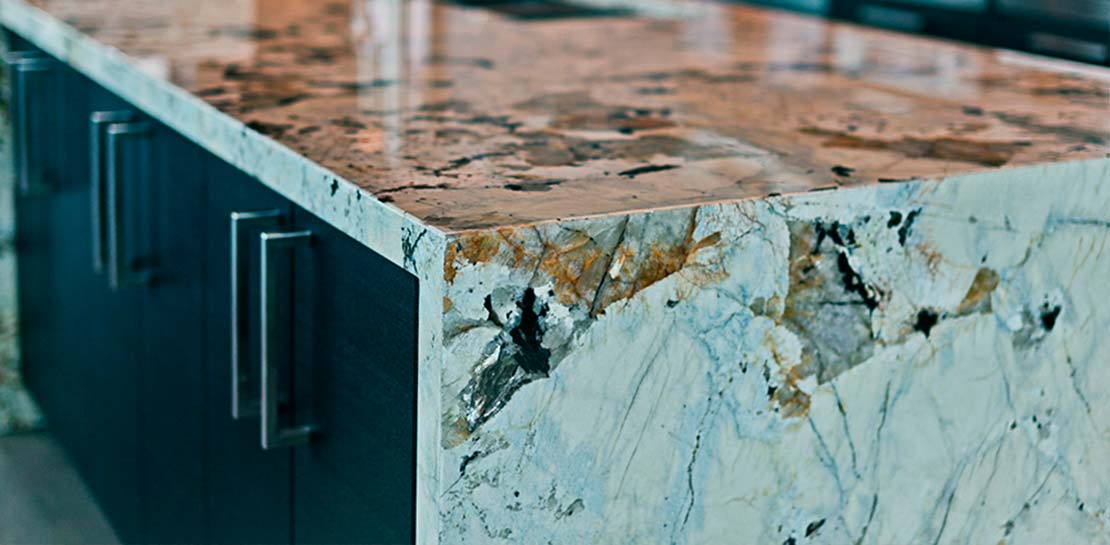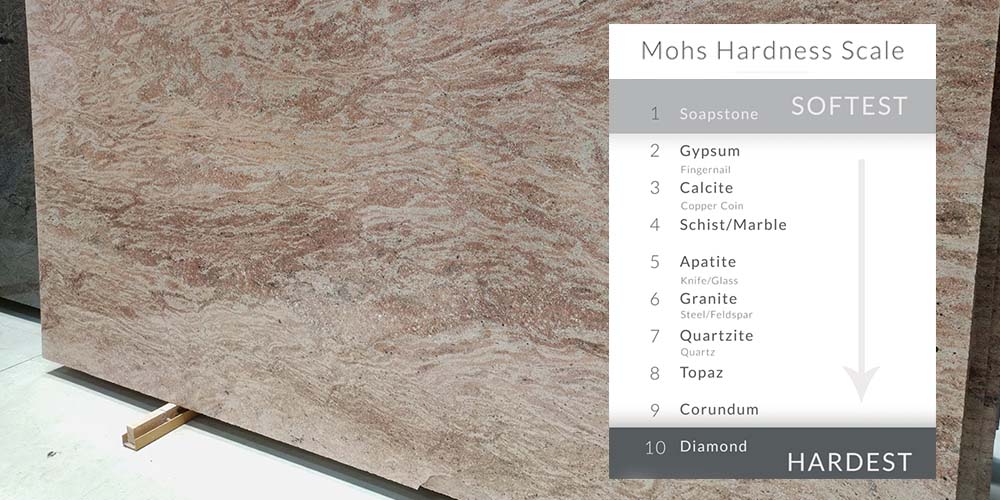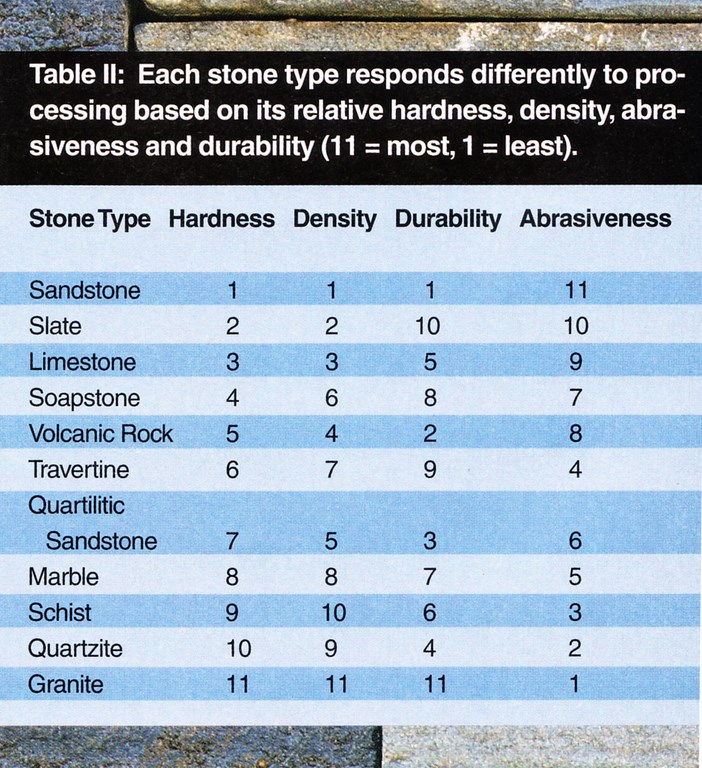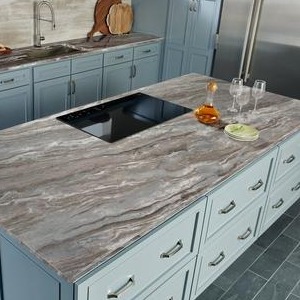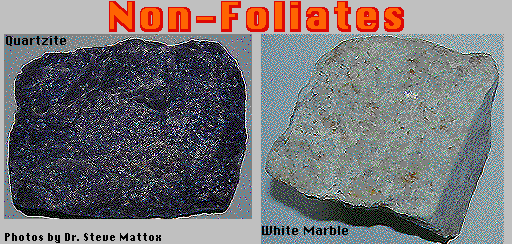Created in 1812 by german geologist and mineralogist friedrich mohs it is one of several definitions of hardness in materials science some of which are more quantitative.
Relative hardness of marble.
An example of the hardness of a granite countertop can be seen in the fact that a knife blade will not scratch the surface.
Use a stone sealant for an additional layer of protection.
Being composed of calcite marble has a hardness of three on the mohs hardness scale.
The scale used in the table is pounds force.
While granite is typically considered to be especially hard and resilient and marble is known for being more delicate quartzite has emerged as the frontrunner in this particular race with a rating of 7 on the mohs hardness scale.
Granite is close behind ranking at 6 7 and marble comes in.
Woods with a higher rating are harder than woods with a lower rating.
One of them is the relative hardness of the stone.
The following are the ten standard minerals in the mohs scale.
The hardness of stones and minerals measured by the stones or materials that can scratch others is one of the methods used in material sciences to determine the relative hardness of stones such as alabaster and marble.
The mohs scale of mineral hardness m oʊ z is a qualitative ordinal scale characterizing scratch resistance of various minerals through the ability of harder material to scratch softer material.
Hardness of quartzite makes it extremely resistant to water absorption heat scratches.
When it comes to classifying a natural stone granite before making a purchase stone buyers like to focus on the relative granite hardness to know how hard a stone is in comparison with other natural stone products like marble sandstone slate limestone and quartzite.
For example the scale begins with the softest material talc.
Mohs hardness scale developed by german geologist frederick mohs in 1812 rates alabaster and gypsum at 2.
Mohs scale of relative mineral hardness.
A german mineralogist by the name of friedrich mohs invented a scale of relative mineral hardness that has become known as the mohs scale.
Quartzite is extremely popular due to its marble like appearance and granite like properties which make it an ideal choice to be used in kitchens.
This doesn t mean that you can t use marble for kitchen countertops but is a factor to.
Because granite is between a 6 and 7 on the mohs scale it would be able to scratch other types of stone that have lower ratings such as marble.
Talc absolute hardness 1.
The mohs hardness scale was developed in 1812 by a german geologist and mineralogist friedrich mohs to determine the relative hardness of a mineral as a comparison to another mineral.
This scale has been a valuable tool in identifying minerals since 1812.
The translucence of marble makes it especially attractive for many types of sculptures.
The janka test measures the amount of force required to embed a 0 444 steel ball into the wood to half of its diameter.




